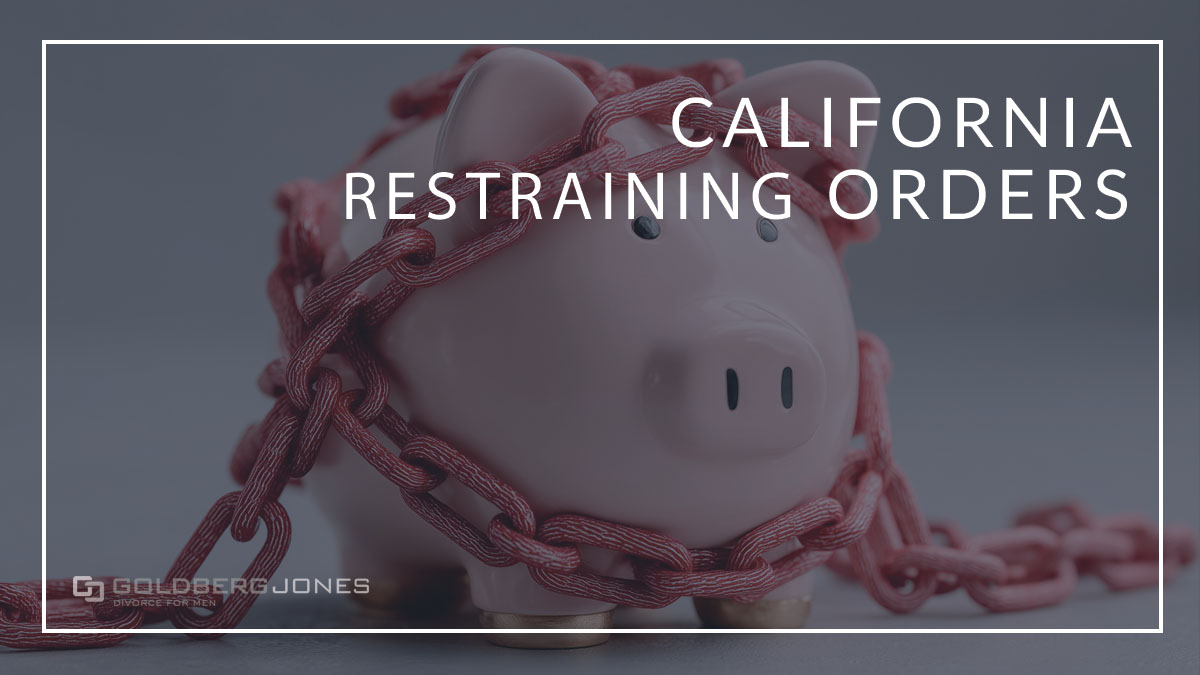
California Restraining Orders
What Is A Restraining Order?
Types of Restraining Orders
Temporary (ex-parte)
A temporary restraining order expires when a hearing is held to decide whether it should be converted into a permanent order. The court most often issues temporary orders in emergencies or when there is an imminent danger.
In an urgent situation, the court doesn't require the respondent to be present or even given notice of the hearing. These temporary orders typically last for a matter of days to a matter of weeks, until something more substantial is put in place.
A judge grants emergency restraining orders (also known as protection orders) when they believe there is an immediate danger of harm. This happens most often in domestic violence situations or when a situation places a child in immediate and present danger.
Permanent:
Permanent restraining orders require a higher burden of proof. This means the person requesting the order must demonstrate to the court the necessity of ongoing protection.
The court only orders permanent restrictions after a hearing. In these cases, the respondent must be notified and given the opportunity to tell their side of the story. Permanent restraining orders can remain in effect for up to five years.
How do restraining orders affect divorce?
Divorce cases that involve allegations of domestic abuse complicate the matter. And every situation plays out differently. Because restraining orders have so many variables, it's impossible to predict an outcome without knowing all the facts.
That being said, common issues often arise in divorces that involve protection orders.
- If you have filed for a protection order from your spouse, the court will likely impose restrictions on their access to the marital home as well as issuing temporary child custody and visitation orders.
- Restraining and protection orders serve a very important purpose in shielding people from dangerous situations. However, we have seen parties seek them as a way to leverage their position and to manipulate their case.
- For those falsely accused of domestic violence, dealing with a protection order posses a whole host of challenges. They face potential criminal charges, the court may evaluate custody issues, and more. It can be an uphill battle.
Because of their impact, restraining orders should not be taken lightly.
If you face divorce or custody issues and need protection, or have a restraining order against you, the first thing you should do is speak to an experienced family law attorney. Your attorney will guide you through the process and make sure to protect your rights throughout the process.
Recent Posts
10 Baseball Movies For Dad This Father’s Day
Pro Se: A Closer Look At DIY Divorce
High Asset Divorce Mistakes
Gift or Inheritance? Does That Matter For Your Divorce Settlement?
My Ex Isn’t Making Child Support Payments
What Are The Consequences Of Moving Out During Divorce?
Things You Should Never Do During Divorce
Custody Modification: What If Your Kids Hate Living With Your Ex?
Goldberg Jones
3111 Camino Del Rio N
Ste 1050
San Diego, CA 92108
(619) 243-0888
1-800-DIVORCE
